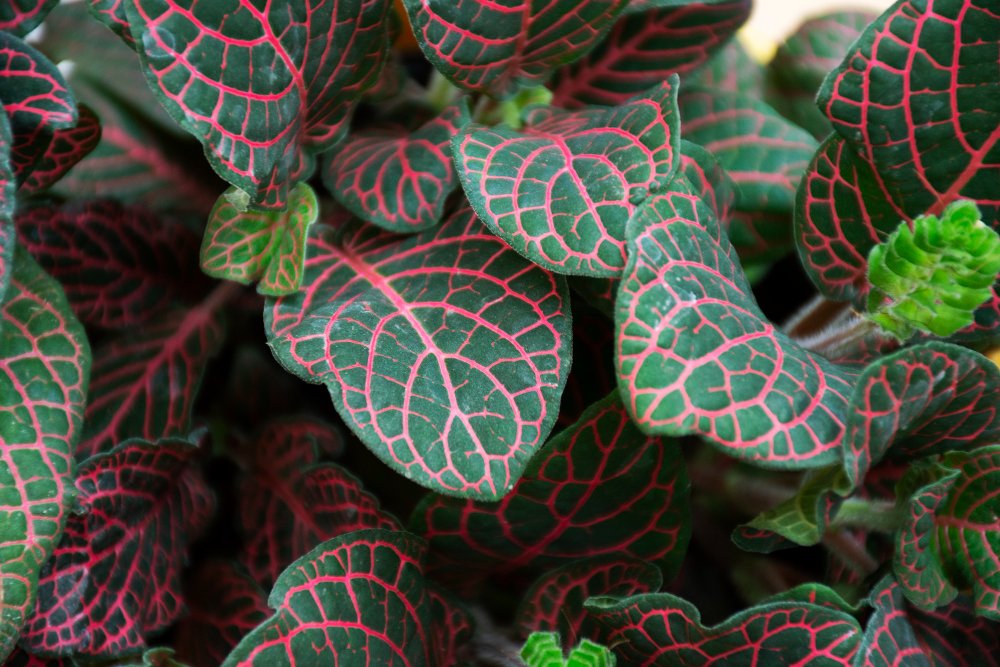Variegated Rubber Plant: Care Tips and Growing Guide
Introduction
The variegated rubber plant, scientifically known as Ficus elastica, is a striking houseplant admired for its glossy leaves adorned with unique patterns of creamy white, yellow, or pink variegation. This guide will provide you with essential care tips and a comprehensive growing guide to help you cultivate and maintain a healthy and vibrant variegated rubber plant in your home.
Understanding the Variegated Rubber Plant Overview and Characteristics
The variegated rubber plant belongs to the Moraceae family and is native to Southeast Asia. It shares many similarities with its non-variegated counterpart, featuring large, thick leaves that can range from dark green to deep burgundy, with contrasting variegation streaks.
Types of Variegation
Variegated rubber plants can exhibit different types of variegation, including:
- Creamy White: Leaves with creamy white streaks or patches.
- Yellow: Leaves with yellow variegation.
- Pink: Rarely, leaves may display pink variegation, adding a unique touch of color.
Ideal Growing Conditions Light Requirements
Variegated rubber plants thrive in bright, indirect light. Place them near a north-facing window or provide filtered sunlight to prevent leaf scorching. Avoid exposing them to direct sunlight, as it can fade or damage the variegation.
Temperature and Humidity
Maintain a consistent temperature range of 65°F to 80°F (18°C to 27°C) for optimal growth. These plants appreciate moderate to high humidity levels, so consider using a humidifier or placing them on a pebble tray filled with water to increase humidity.
Soil and Potting
Watering Guidelines
Fertilizing Routine
Feed your variegated rubber plant with a balanced liquid fertilizer diluted to half strength during the growing season (spring and summer).During the fall and winter seasons when growth slows down, decrease the frequency of fertilization. Be cautious not to overfertilize, as this can result in the accumulation of salts in the soil.
Pruning and Maintenance
Regular pruning helps maintain the variegated rubber plant’s shape and promotes bushier growth. Remove any dead, yellowing, or leggy stems with clean, sharp pruning shears. Additionally, wipe the leaves with a damp cloth to remove dust and keep them looking glossy.
Propagation Methods
You can propagate variegated rubber plants by using stem cuttings. Select a healthy stem with at least two nodes and remove any leaves near the bottom. Place the cutting in a potting mix or water until roots develop, then transplant it into a new pot.
Common Problems and Solutions Variegation Loss
Variegated rubber plants may revert to solid green leaves due to inadequate light or genetic instability. Ensure proper lighting conditions and prune any solid green growth to maintain the variegation.
Pests and Diseases
Monitor your variegated rubber plant for common pests such as spider mites, mealybugs, and scale insects. Address infestations promptly by using insecticidal soap or neem oil. Moreover, to steer clear of fungal diseases like root rot, refrain from overwatering.
Conclusion
Variegated rubber plants are stunning additions to any indoor space, offering vibrant foliage with unique patterns of variegation. By providing the right growing conditions and proper care, you can enjoy the beauty of these plants for years to come.
FAQs
Can I propagate variegated rubber plants from leaf cuttings?
While variegated rubber plants can be propagated from leaf cuttings, stem cuttings are more reliable for ensuring genetic stability and variegation.
Why are the variegated patterns on my rubber plant fading?
Variegation fading can occur due to insufficient light. Ensure your plant receives adequate bright, indirect sunlight to maintain vibrant variegation.
Repot your variegated rubber plant every 1-2 years or when it outgrows its current pot. Choose a slightly larger pot with adequate drainage holes and fresh potting mix.
Are variegated rubber plants toxic to pets?
Variegated rubber plants contain sap that can be mildly toxic if ingested by pets. Keep them out of reach of curious pets and monitor for any signs of chewing or nibbling.
Can I prune my variegated rubber plant to encourage more variegated growth?
While pruning can help maintain the plant’s shape, it may not directly influence variegation. Focus on providing proper care and lighting conditions to preserve variegated patterns.






